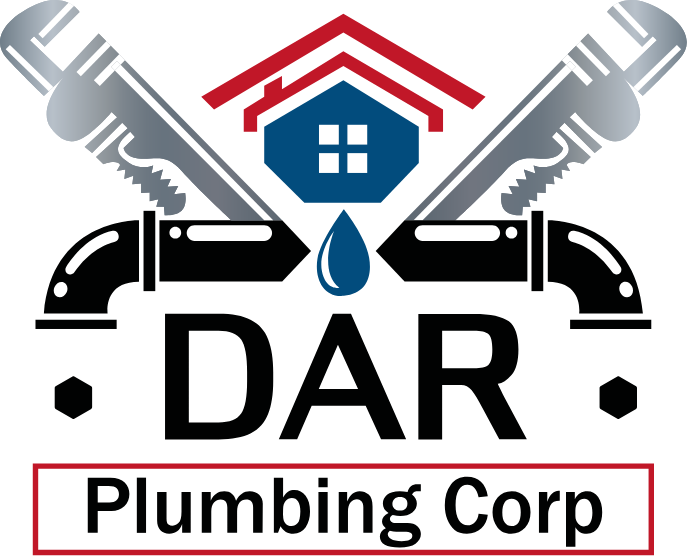Understanding the Steps and Considerations Involved
The plumbing installation process is crucial in both new constructions and renovations. It’s essential to understand what happens during this process to make informed decisions, especially if you’re planning home improvement projects. Knowing the steps involved, from preparation to final inspections, helps ensure that everything goes smoothly. Awareness of potential challenges can also save you time and money. This guide explains what you need to know about plumbing installations, making it easier to work with professionals and achieve your desired results.
Initial Planning and Consultation
Before any plumbing work begins, initial planning and consultation are vital. This phase involves discussing your needs and preferences with a plumbing expert. A comprehensive plan will outline all necessary tasks, estimated costs, and timelines for completion. Proper planning ensures that the project’s scope aligns with your expectations and budget.
Ordering Materials and Scheduling Work
Once the planning phase concludes, the next step is ordering materials and scheduling the work. The plumber will obtain the necessary pipes, fittings, and fixtures needed for the project. On-time delivery of these materials is critical to avoid delays. Scheduling the actual work means coordinating around other construction phases, ensuring that plumbing installation does not interfere with other trades on-site.
Setting up the Plumbing System
The core part of the process involves setting up the plumbing system. This includes laying out pipes according to the design and connecting them correctly. Whether it’s installing water supply lines or sewer drains, precision is key. The quality of this setup determines how well your system will perform over time. Experienced plumbers follow industry standards to ensure durability and efficiency.
Testing and Inspection
After installation, testing and inspection are crucial steps. Plumbers conduct tests to check for leaks or pressure issues in the system. Every joint and connection is scrutinized to prevent future problems. Local authorities may also require inspections to certify compliance with building codes. These checks guarantee that everything meets safety and performance requirements.
Common Challenges Encountered
Plumbing installations can face several challenges, such as unforeseen site conditions or supply chain disruptions leading to material shortages. Old buildings often have outdated systems that complicate upgrades. Potential solutions include thorough site assessments before starting any work and staying flexible in sourcing alternatives should materials become unavailable.
Maintenance Tips for Longevity
- Regularly inspect for leaks or corrosion in exposed areas.
- Avoid chemical drain cleaners; opt for natural methods instead.
- Schedule annual professional inspections to catch minor issues early.
Cost Considerations
Budgeting effectively for a plumbing installation involves understanding several factors, including the scale of the project, type of materials used, and labor costs. While high-quality materials might increase upfront costs, they offer better longevity and fewer repairs over time. Investing in experienced professionals ensures efficient workmanship, further safeguarding against expensive mistakes.
Your Trusted Plumbing Partner
If you’re considering a plumbing project, it’s important to choose a reliable partner who understands your needs. Based in Fairfield, CA, I offer tailored solutions for every customer’s unique situation. At DAR Plumbing Corp, my focus is on quality service and customer satisfaction. Call me at (707) 696-8070 today for an expert consultation.
